KUALA LUMPUR: Foreign buyers are trickling back into the Kuala Lumpur property market due to improving sentiment arising from the recovery in their home economies and property markets, said international property consultancy DTZ’s Kuala Lumpur Property Times 3Q2009 research report.
With some positive signs of an economic recovery in Malaysia, coupled with the continued low interest rate and ample liquidity, KL’s property market is expected to see continuing improvement in activities, said DTZ Malaysia’s executive director, Brian Koh in a statement on Oct 20.
“Several foreign investors and funds are reviewing local opportunities but no deal has materialised as yet. In 3Q2009, all the sales were transacted by local buyers while foreign buyers remained on the sidelines in search of properties with higher yields,” Koh revealed.
According to the DTZ report, the investment market improved in 3Q2009, with a 429% q-o-q increase in total investment sales amounting to RM880.3 million. The office sector was the main driver, accounting for 34.5% of total transaction value.
There were also positive signs in the industrial market where several major sales were recorded, mainly involving owner-occupiers in the logistics segment.
Koh said real estate investment trusts (REITs), which had seen some recovery in their unit prices in line with improved sentiment in the stock market, also seem to be coming tentatively back to the market with the sale of a factory in Klang to AXIS REIT.
Meanwhile, the report also noted that improved sentiment in KL’s residential property segment in recent months have boosted sales of recently launched and completed projects.
“This could be due to attractive financing packages such as the 10/90 scheme, whereby buyers need only pay between 5% and 10% of the purchase price as down payment with the balance due on completion, have been generating new demand,” said Koh.
Average prices edged up by about 5.5% to RM555 per sq ft over the quarter, with prices in the KLCC area averaging RM788 psf. High-end condominiums in KLCC were fetching RM900 to 1,300 psf on the average.
Rents are, however, still under pressure with occupancy rates remaining at low levels, ranging from a low of 5% to 60%.
“Generally, there is relief from the market that the worst may be over although it may be too early to ascertain, given current experts’ views on a truncated ‘V’- or ‘W’-shaped recovery,” said Koh.
Prime office rents in Kuala Lumpur continued to be stable over the quarter, with no new supply in the city centre. Average rent of prime office buildings in 3Q2009 was RM6.12 psf per month compared with RM6.14 in the previous quarter.
While most of the prime office buildings in the Golden Triangle and around the Kuala Lumpur City Centre (KLCC) vicinity enjoyed close to full occupancy, the overall occupancy rate of office buildings in the city centre and city fringe area has dropped marginally from 90.0% to 89.7% from the previous quarter.
Meanwhile, about 15.5 million sq ft of purpose-built office buildings are in the pipeline between 4Q 2009 and 2013.
According to DTZ’s head of Southeast Asia research, Chua Chor Hoon, pre-commitment for some of the new office buildings in the city that are anticipated to be ready by 4Q2009 continues to be affected by global economic weakness, as companies are reluctant to expand or upgrade to better quality offices.
“The outlook for the office sector is challenging with downward pressure on rental values due to new supply that will be completed over the next few years,” Chua said.
The downward trend, however, may be cushioned by the recent climate of liberalisation, which in the longer term is expected to boost the services sector, bring back foreign investments into Malaysia and generate renewed interest in the commercial property market.
In the retail sector, DTZ said the outlook has become slightly more positive from what was originally anticipated in tandem with the economic recovery anticipated next year.
However, the report also stated that given that more shopping centres are sprouting up and intensifying the competition for market share, rental prospect, especially for suburban malls, is likely to remain stagnant in the short term.
Overall occupancy rate for shopping centres in the Klang Valley remained at 90% in 3Q2009 but is expected to remain under pressure until sales turnover grow at a higher pace, given the completion of more new shopping centres.
While there is no sale transaction to indicate movement in this segment, capital values are expected to be lower being dictated by higher yield expectation from incoming investors.
TOP PICKS BY EDGEPROP

Seksyen 8, Kota Damansara
Kota Damansara, Selangor

Mayfair Residences @ Pavilion Embassy
Keramat, Kuala Lumpur
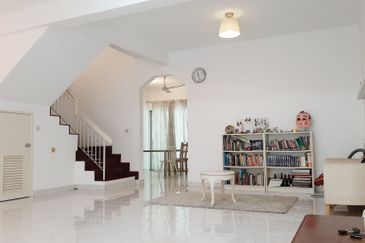
Seksyen 5, Kota Damansara
Kota Damansara, Selangor
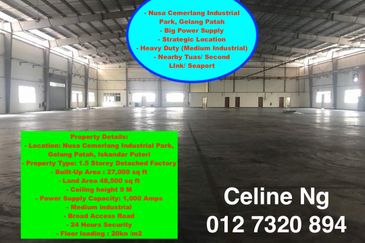
Nusa Cemerlang Industrial Park
Gelang Patah, Johor
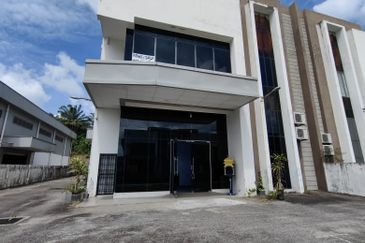
Alam Jaya Industrial Park
Gelang Patah, Johor

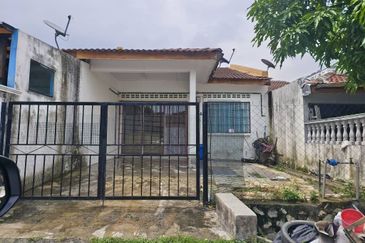
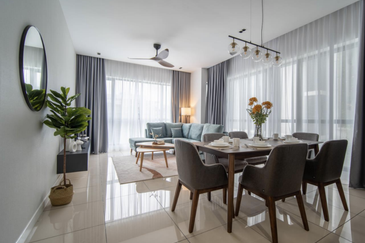



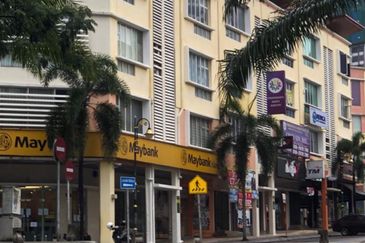
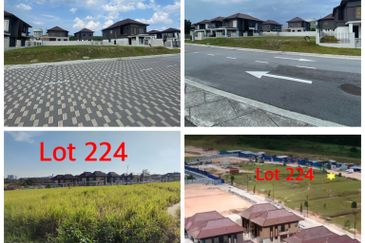

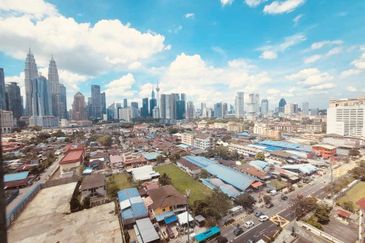
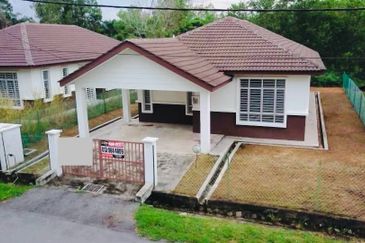
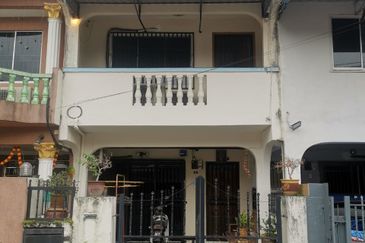
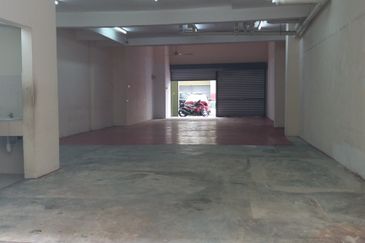
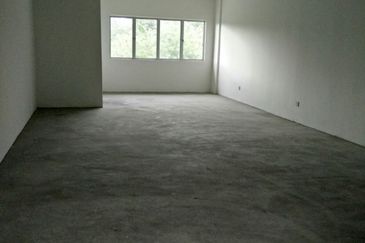
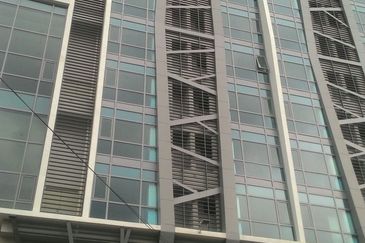

hero.jpg?GPem8xdIFjEDnmfAHjnS.4wbzvW8BrWw)



